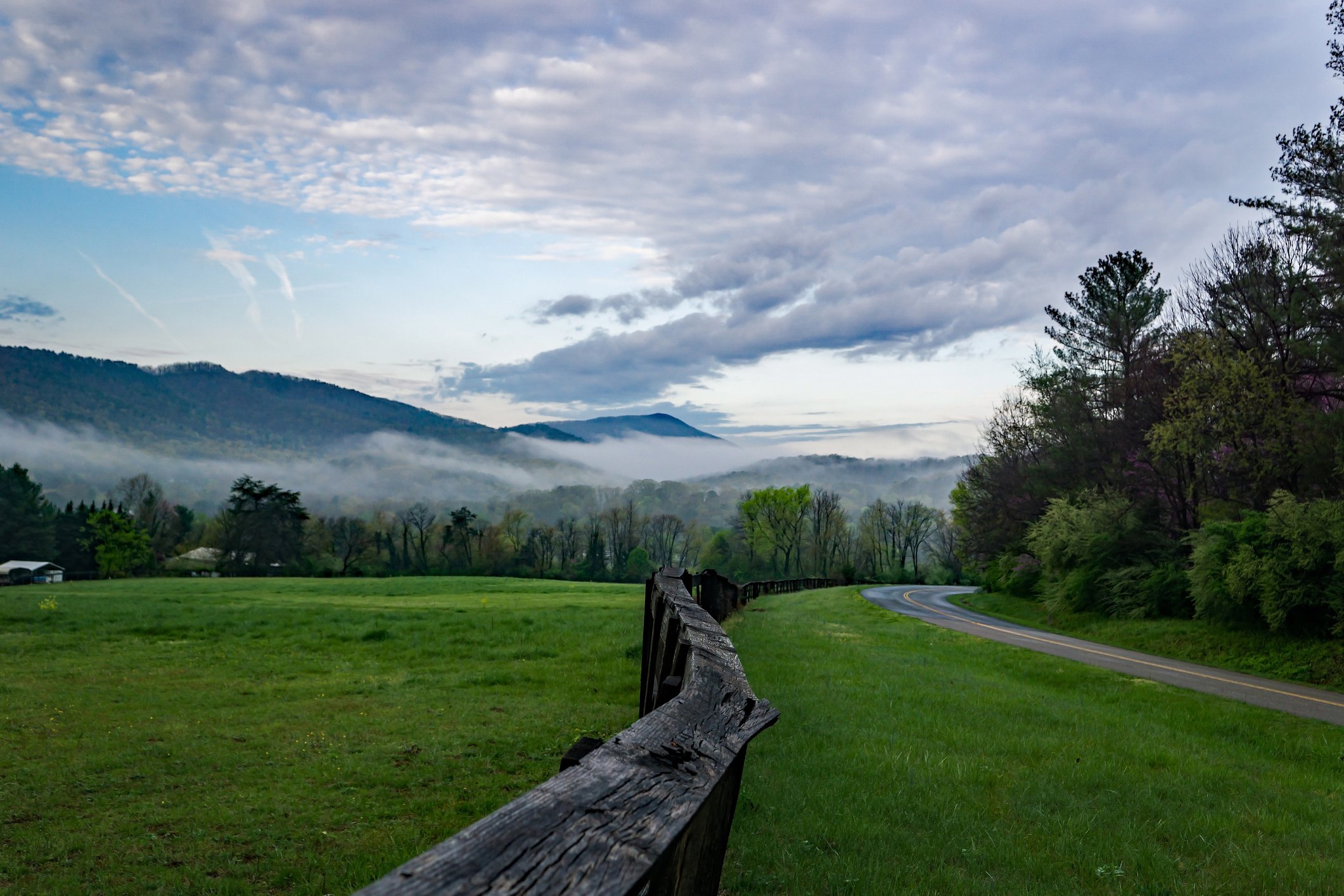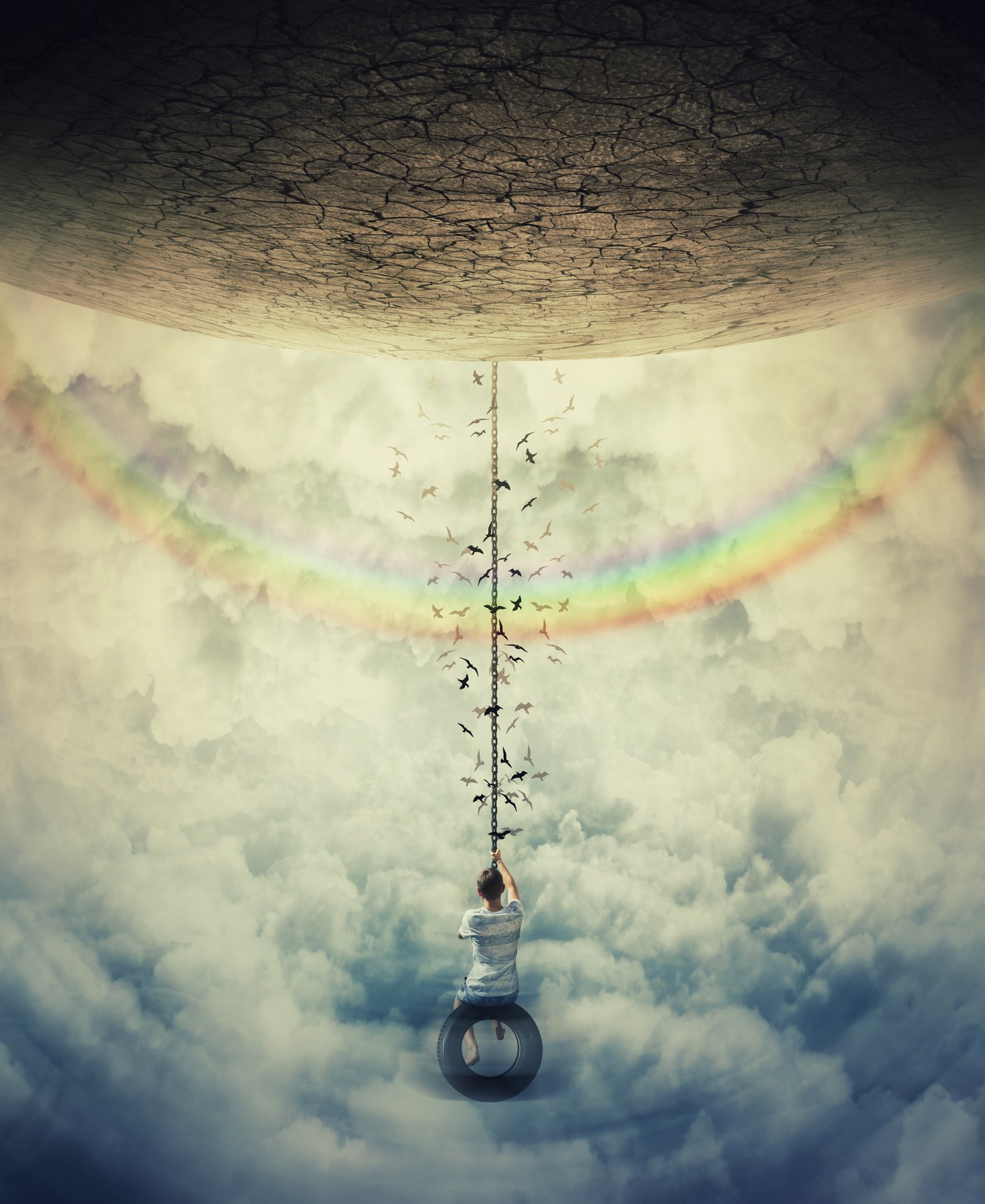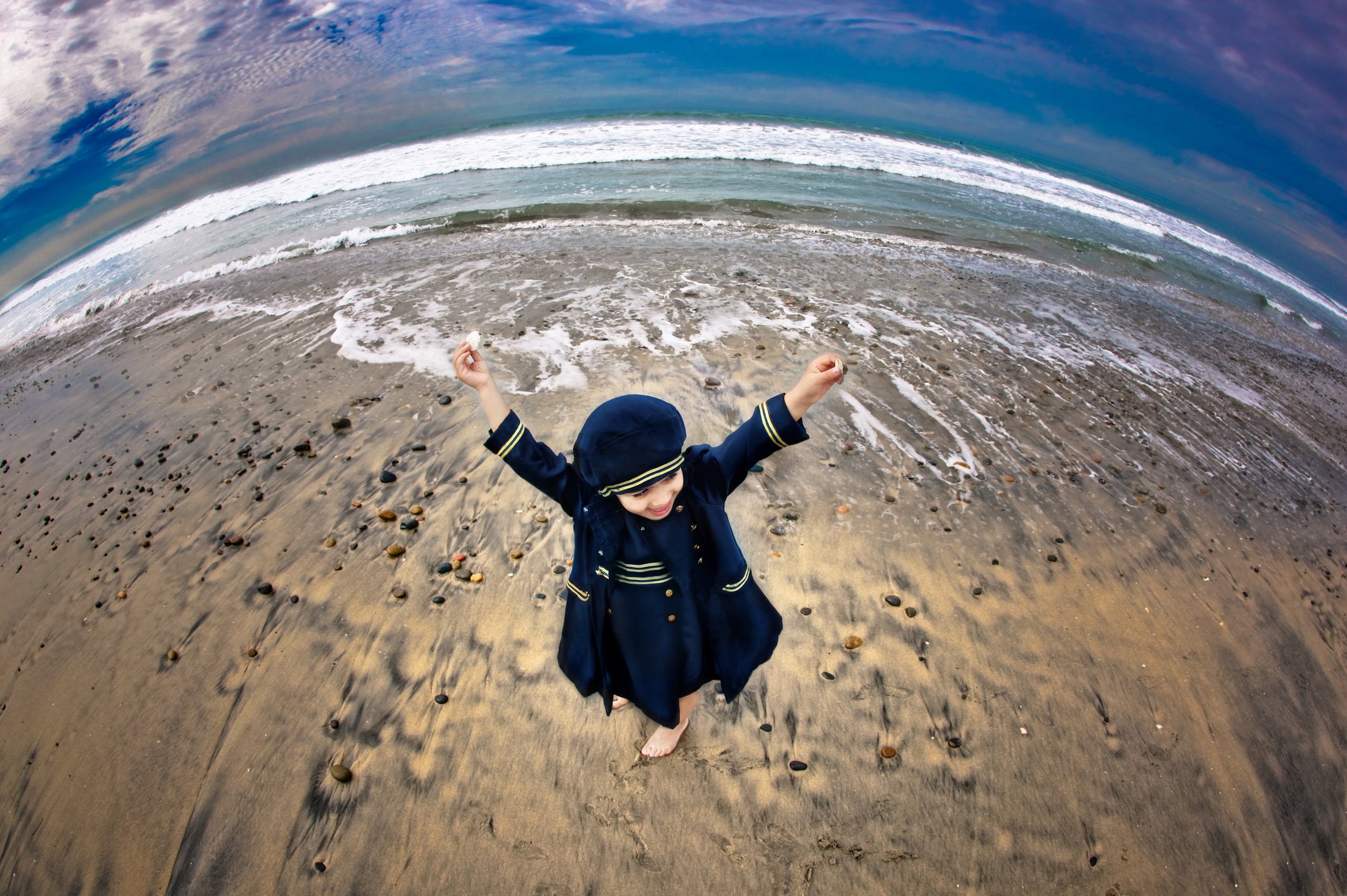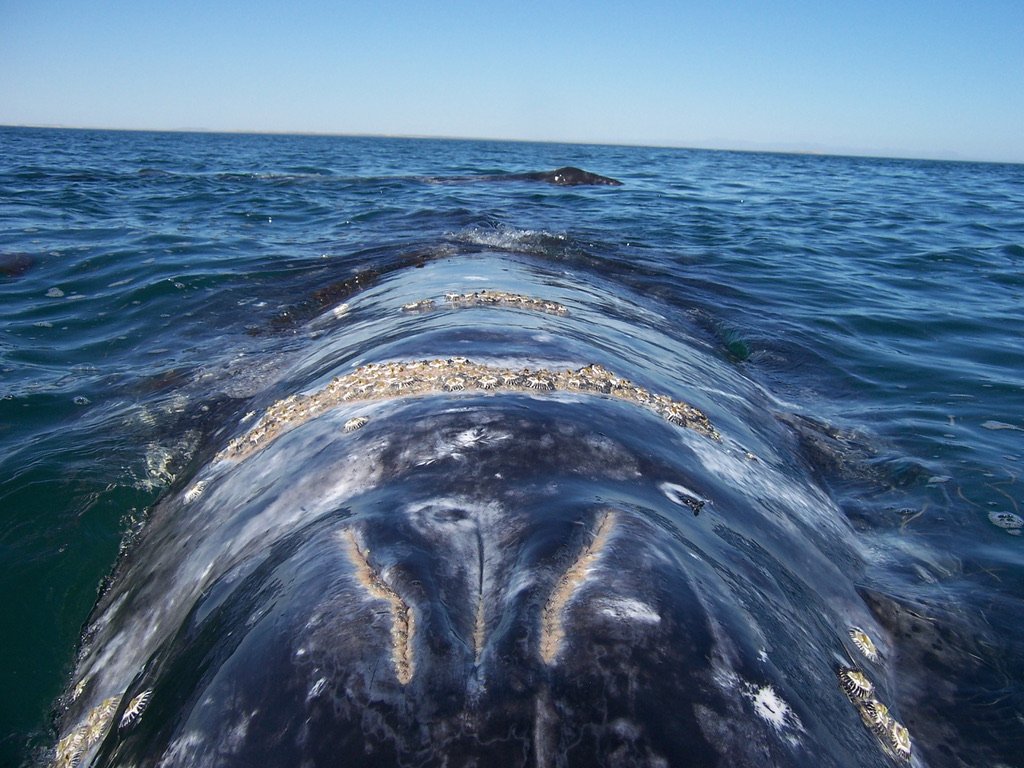Buffalo seasons Awareness in life

Entering the Role of Caregiver, Lightly
In becoming a caregiver for the first time, you have embarked on a road that may be unfamiliar to you. Even if you have been a caregiver to a loved one in the past, each caregiving experience is unique. You may utilize the new skills you honed, but, unless it is the same debilitating illness, new skills will likely be required. This blog series explores the role of caregiver and provides guidance on how to take care of self and loved one on this less traveled road.

Life Transition: Your Growth & Well-being
Life is full of changes. Life is full of new experiences. Life is full of opportunities.
But sometimes we’re not ready for the changes, the new experiences, and thus we find ourselves unable to fully embrace the opportunities. It leaves us asking ourselves, what can I do differently? How can I better prepare for when opportunities arise?
As a Certified Life Coach, Robert B. Bagget, M. Dip. Ac., CLC specializes in helping people answer these questions through strategic discovery, visioning, mapping, goal setting and supporting you through accountability measures, while celebrating each achievement along the way. He describes his work in this blog post.

Bereavement Requires Time & Oscillation
The Dual Process of Mourning describes the importance of intentionality in the grieving process. We need to engage in “dosing our grief” because at times either end can become too debilitating. Respite from grief work can be found in learning how to call and schedule the eaves to be cleaned for the first time after a spouse dies. Respite from paying bills and going places alone can be found in snuggling in your den watching a favorite romance movie that you and your partner watched together—the tears can be cathartic, while also continuing your bond with them. These acts are integral to developing a healthy coping style to your loss.

Feedback loops 101: Anchors, Waves, & Islands
In this blog post, I talk about attachment styles, and how we can learn about whether we are an Island, Anchor, or Waves. Understanding our attachment style enables us to related better in our relationships with partners, children, and co-workers.

The Impact of Cancer on Personal relationships
When I was 15 years old, entering high school, my maternal grandfather, aka Moo Moo, died of lung cancer, which had metastasized to his brain. Treatments and prognoses have come a long way since then, and some forms of metastatic disease are curable. I often wish that he would have been able to live this long to see such amazing advancements in medicine. He was in his mid-50s—my age now. I still have the quiet moments I spent with him in his bedroom, the bed facing the rugged lawn and all its rural wonder; but I also have memories of better times with him fishing on the LaCrosse River, eating hot ham and cheese sandwiches at Hardees, and trying to make cream turn into butter by shaking the half and half capsules at the local diner (his idea and prompting).
Mother’s Day, Not Always A Happy Holiday
In the United States, the origin of Mother’s Day dates to the 19th century. In the early 1900s, Anna Jarvis embarked upon a public campaign to establish an official holiday for mothers after the death of her mother. Herself childless, Anna lobbied for the special day as a way to recognize women’s contributions to society. In 1914, President Woodrow Wilson declared the holiday to be held on the second Sunday of May.
By the 1920s, the holiday had been so commercialized, that Anna denounced the holiday, petitioning the federal government to remove the holiday from the official calendar. And so, after thousands of years of honoring mothers and motherhood, the post-modern commercialization of Mother’s Day has been foisted on the public via television, social media, radio, advertisements, sales promotions … the list is endless. For some, the month-long lead-up to the holiday followed by endless social media posts capturing just the right smiles and hugs on the special day, can be unsettling.

On Earth Day, The Minds of Gray Whales & Our Shadows
Nature is our teacher, every day. We only need listen, smell, taste, touch, and observe. On this 53rd Earth Day, reading our profundity can lead us into a verdant chartreuse and emerald-painted forest, where we can chase our Shadow amidst spring’s dew drops and cadmium yellow rays of sunshine.
Coming to understand the self in connection to our natural world and to others is an enlightening journey into waters and forest floors that we inhabited eons ago. Well before the study epigenetics, Carl Jung posited that a hidden and repressed part of the self, aka The Shadow, “reach[es] back into the realm of our animal ancestors.” [2]

Feedback Loops 101: understanding Attachment
In this blog series, I offer insight into how we learn to relationally dance, focusing on how positive and negative strokes lead to positive and negative feedback loops. No matter your current attachment style, the good news is that like a bad dance move (think Elaine, Seinfeld), you can retrace your steps and learn a better way of dancing with the people in your life.

Homage to a Woman Leader: Dr. Elisabeth Kübler-Ross
In spending countless hours with dying patients, Kübler-Ross identified the emotions and feelings they expressed on their journey toward end-of-life. Kübler-Ross is rightfully credited with changing the way we approach death and how we talk and listen to dying patients. What had previously been taboo in Western culture, had not only shifted the medical community’s views of death but also in popular culture. [1] A reevaluation of Kübler-Ross’s work has cemented her far-reaching influence on palliative medicine. [2]

Feeling the Absence in Ambiguous loss
In the 1970s, Dr. Pauline Boss identified a form of loss that results due to the physical or psychological absence of a loved one: Ambiguous loss. It is different from ordinary loss because “there is no verification of death or no certainty that the person will come back or return to the way they used to be.”

when grief is complicated
In this new blog series, I discuss types of complicated grief and how counseling can help a person struggling in their time of mourning. This week we learn about disenfranchised grief and how to help a loved one who is grieving.

Why Buffalo?
As a grief counselor, I walk with my clients through the storm, encouraging them to be the buffalo. We need to run into the grief storm, like buffalo run into the ice storm because trying to escape it is futile and depletes our resources.

